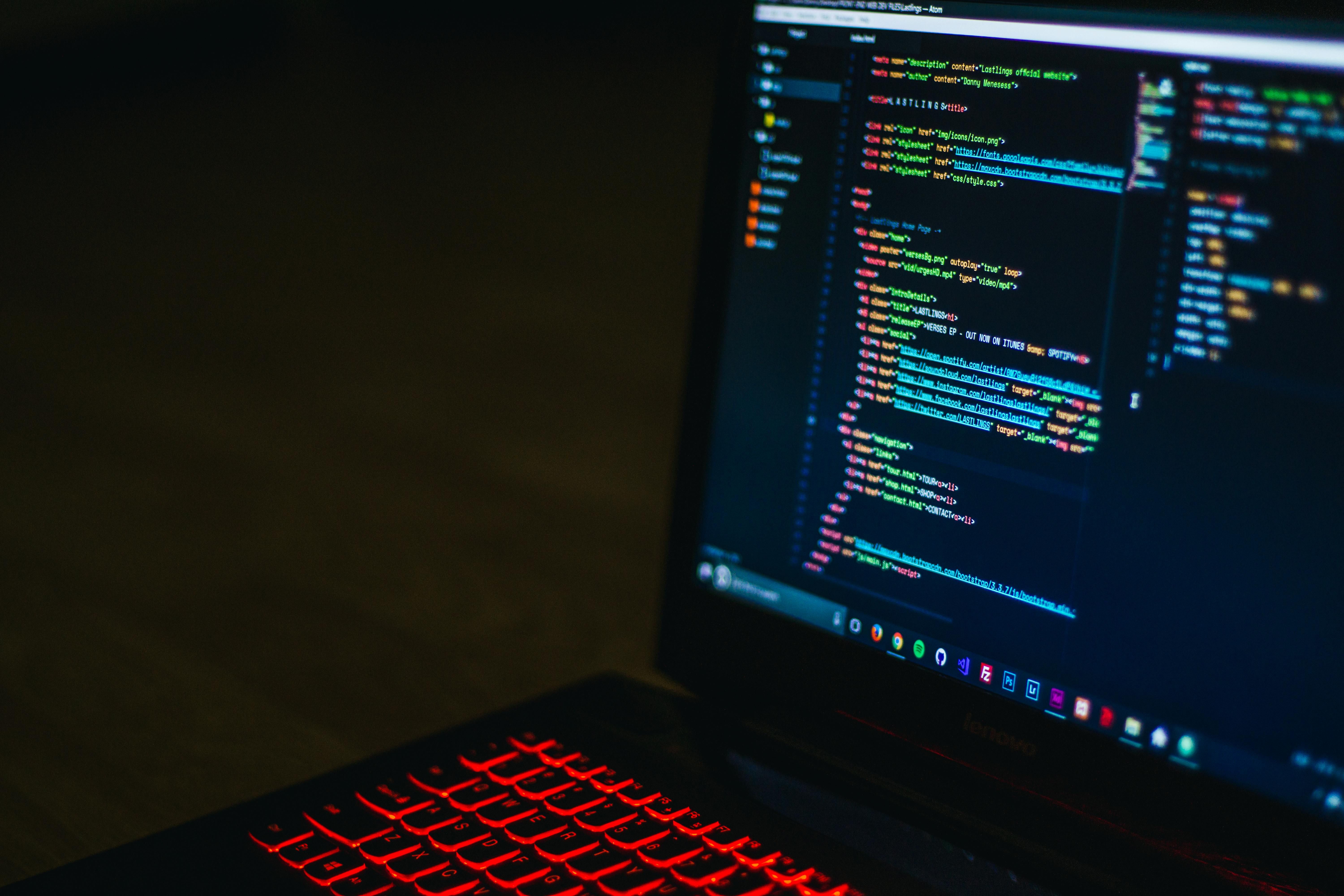It’s midnight, your finger moves across the screen. 1:45 AM; nothing changes. The Holy Trinity: Facebook, Twitter, Instagram.
Ever since the coronavirus pandemic began, many locked up in their homes practice this ritual every day: their day ends just as the morning began – with endlessly scrolling through social media in a desperate search for – what?
Of course, nighttime scrolling is an old practice, but in the current situation it has a completely different meaning. The main topic of the news is the global crisis: the number of deaths caused by the coronavirus, the unemployment rate, racial and political riots, environmental disasters; 2020 has been hell of a ride.
This habit of obsessively following negative information became known as doomsurfing or doomscrolling.
What Is Doomscrolling?
As Emily Boyton defines it, doomscrolling, also known as doomsurfing, refers to excessively reading upsetting news on your phone or computer.
Even though the term doomscroll has been with us for a while, in past months the problem has significantly worsened. With such an intensity of bad news, and deprived of our regular activities, entertainment and distractions, we easily fell victim to doomscrolling.
And the consequences can be severe. Ruminating on anxiety triggers can intensify depression and anxiety. Being a doomscroller doesn’t necessarily go hand in hand with developing depression or anxiety disorder but may result in negative mood states, anxiety rise, lack of motivation. Other consequences of doomscrolling are insomnia or problems falling asleep, lack of concentration and emotional exhaustion.
Time For a Rehab
As you can see, doomscrolling does not work to your advantage. I don’t encourage you to turn your back on information media completely (although you can do it if you feel like you need a break) I definitely recommend limiting your exposure to upsetting news.
However, easier said than done. As with every other habit or addiction, you may need help. Thankfully, there’s technology that can control your screen exposure an tell you when it’s time to stop.
One of the most known apps is Google Digital Wellbeing. It allows its users to set a daily limit with app and site timers, as well as pass distracting apps and snooze notification. I’ve discussed this in detail in one of my previous articles.
If you need something more radical, make sure to check out Moment. Moment allows you to schedule daily limits to your apps, and when time’s up, it triggers a ton of push notifications that make it basically impossible to continue scrolling.
Don’t want to bother with more apps? Try customising digital wellbeing mode on your phone. Both Android and iOS allow you to control your phone usage. Android’s Digital Wellbeing feature includes a bedtime schedule that not only stops notifications but also applies a grayscale filter to your phone’s screen. The idea is for you to naturally put the phone down.
Keep Your Head
These are crazy times we live in and the sheer amount of negative information can drive you crazy. For your own wellbeing, I advice you to limit your screen and information exposure to a reasonable minimum.
Give yourself a break; you not always have to stay on top of news. If you can’t stop yourself, employ the assistance of digital wellbeing apps.
Read more stories on tech and business on our blog


